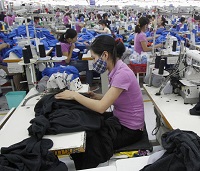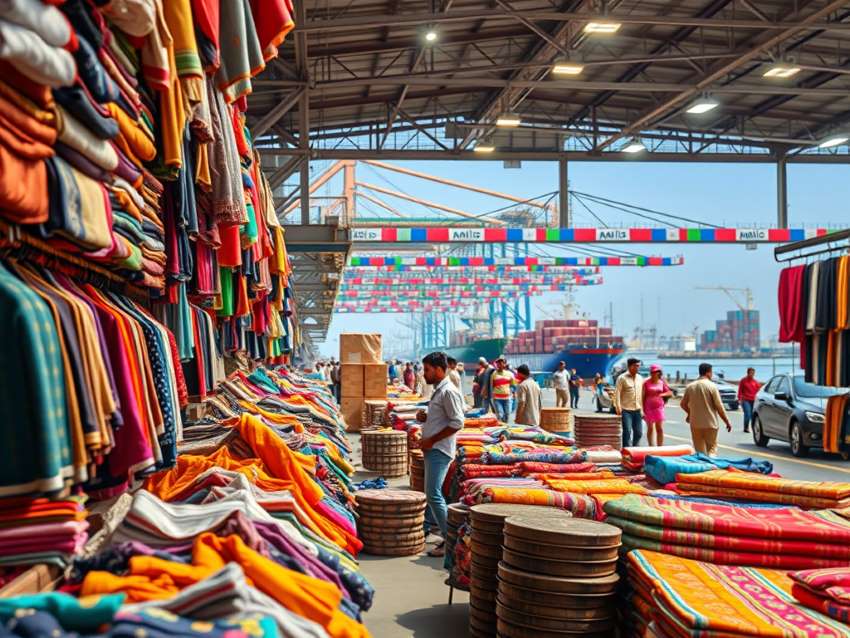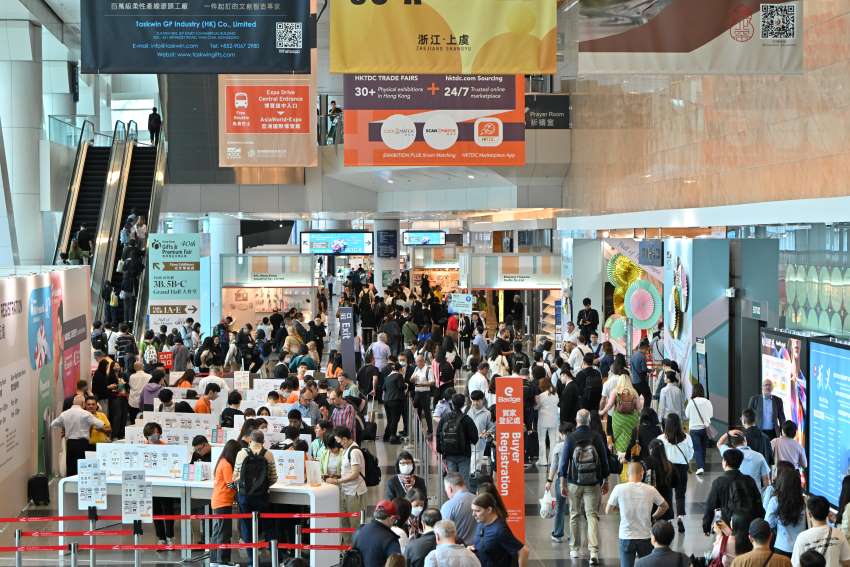 Recent statistics reveal, the escalating US-China trade war, rising cost of imports, and consumers’ increasing demand for speed to market, is compelling the country to focus on products ‘Made in the USA.’ Textile and apparel production in the country grew to record high of $28.1 billion in 2018 with more locally made products being sold.
Recent statistics reveal, the escalating US-China trade war, rising cost of imports, and consumers’ increasing demand for speed to market, is compelling the country to focus on products ‘Made in the USA.’ Textile and apparel production in the country grew to record high of $28.1 billion in 2018 with more locally made products being sold.
Lack of visibility in US textile and apparel manufacturers
Office of Textiles and Apparel (OTEXA) stats reveal the total value of US textile and apparel exports increased by 20 per cent to $22.9 billion in 2019. However, as noted by a recent OTEXA analysis, despite this strong performance, textile and apparel manufacturers in US are hardly visible on the world trade map.
The analysis suggests, US manufacturers display a relatively high concentration of geographic locations. Around 61 per cent of self-reported yarn manufacturers in the country are from North Carolina, followed by South Carolina, which accounts for another 11 per cent. This concentration of the yarn manufacturers in the South is attributed to the abundant cotton supply in that region.
Secondly, the country is witnessing the emergence of many large-size textile mills its apparel manufacturers are predominantly small and medium-sized. These textile mills have a high concentration of factories with over 100 employees, whereas over half the apparel mills in OTEXA database reported having less than 50 employees.
These textile mills have a high concentration of factories with over 100 employees, whereas over half the apparel mills in OTEXA database reported having less than 50 employees.
Micro factories merge as labor costs increase. Also, due to increasing labor costs, US apparel mills are focusing on niche markets like designer-based micro-factories. These factories typically provide customized services, ranging from proto-typing to sample production.
The two most popular types of vertical integration amongst the textile and apparel mills in the US include fabric and apparel and fabric and technical textiles. Amongst these, fabric mills are the most actively engaged in vertical integration strategy–around one-third of them reported also making apparel, technical textiles, or home textiles. Additionally, 20 per cent technical textile manufacturers in the OTEXA database were reported to have incorporated an apparel component to their product portfolio.
Serving customers through value-adds
Moreover, these mills have shifted from only making products to offering various value-added services. The OTEXA survey shows, majority of companies included in the ‘Made in the USA’ database have in-house design capabilities. These mills aim to serve their customers’ needs rather than just making physical products.
Fifth, according to OTEXA database, of the 122 US textile and apparel manufacturers, around 70.5 per cent were engaged in exports. Of this, 76 per cent textile mills were more actively engaged in exports than apparel manufacturers.
Diverse markets for apparel and technical textiles
The survey also revealed that the Western Hemisphere is the dominant export market for US yarn, fabric, and home textile mills, whereas the export markets for US apparel mills and technical textile producers are relatively more diverse. As many as 77 per cent yarn manufacturers included in the OTEXA database reported exporting three or more different markets in the world. Likewise, around 40 per cent of fabric, home textiles, and technical textiles mills did the same.
A high percentage of textile and apparel mills reported using the NAFTA and CAFTA-DR trade agreements for their exports. This was particularly the case with yarn producers 83 per cent of whom reported leveraging these agreements for their exports.












